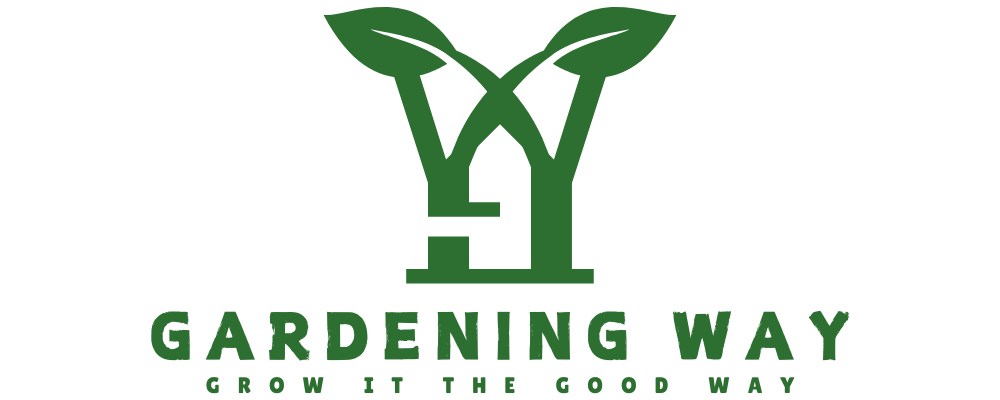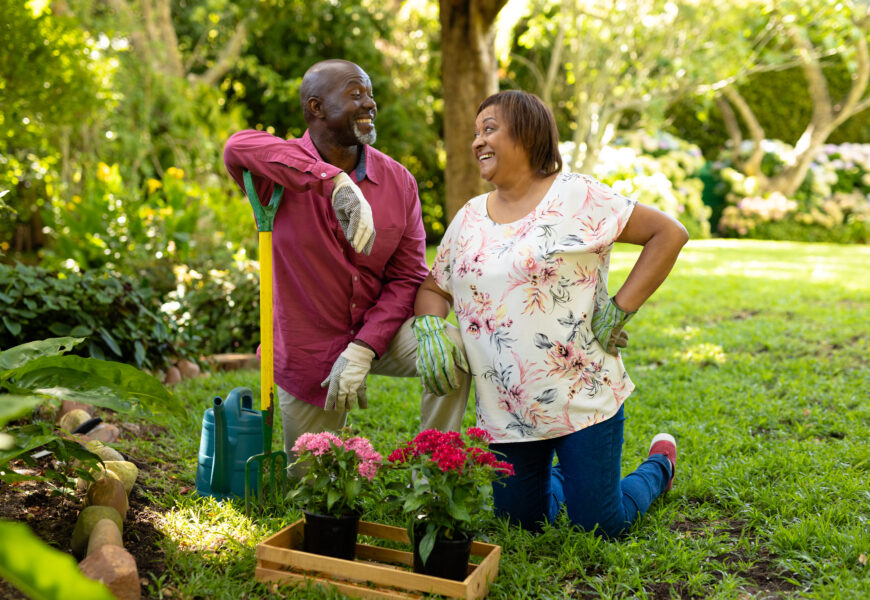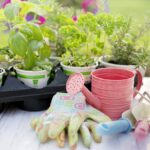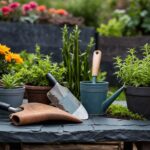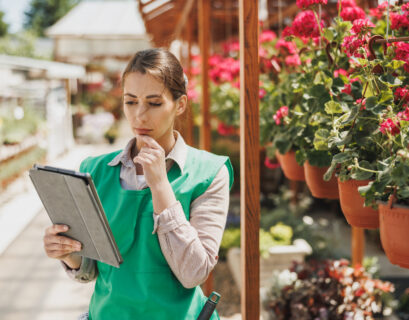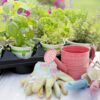Have you ever thought about the potential in your outdoor space? Starting your first garden could be a big change. Imagine picking a ripe tomato from your garden or enjoying the peace in your flower beds. You might wonder how to start a garden that reflects your love for freshness and color.
The journey to create your garden might seem hard, but it’s easier than it seems. With tips for beginner gardening, you’re ready to see your first plants grow. Most vegetables need 6 to 8 hours of sunlight to grow well. Over 85% of new gardeners start with plants from a nursery.
We’ll use tools like the Garden Planner and USDA advice to guide you. We’ll cover the important steps from planning to seeing your plants grow.
Whether you want a small 4′ x 4′ bed or a big 12′ x 24′ garden, this guide is for you. Learn when to plant cool-season veggies and how to keep your garden full of food all season. Understand when to water and how to use mulch. We’ll explain everything you need to know to start gardening.
Get ready to dive into gardening with this guide. We’ll help you make your garden dream come true.
Deciding on the Type of Garden That Best Suits You
Starting with garden planning is thrilling for new gardeners. Each garden type has its own perks and needs. Knowing about these types helps you create a space where plants can flourish.
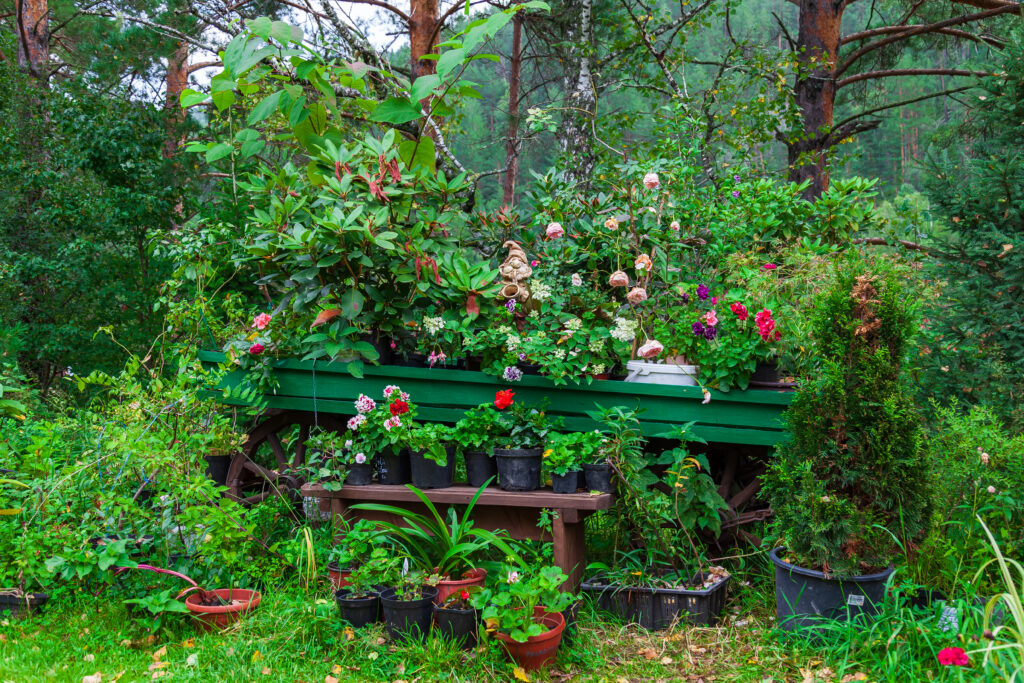
In-ground gardens are great for those who want to start gardening without spending a lot. They use the natural landscape, so you don’t need to buy expensive structures. These gardens are good for the environment because they let plants grow naturally, with perennials coming back year after year.
Raised bed gardens are perfect for those who want flexibility and less strain when planting and harvesting. They’re great for gardeners who have trouble moving around and stop soil from getting compacted, which helps roots grow better. But, you’ll need to spend money upfront for materials like lumber, liners, and good soil. Some people save money by using recycled materials for their raised beds.
Container gardens are ideal for city folks with little space, like those on balconies or small patios. They let you be creative and make your garden look good and work well. Containers are good for controlling water and diseases but you’ll need to water and feed them more often because they’re small.
Each garden type has its own benefits and things to think about. Whether you pick a big in-ground garden, a neat raised bed, or flexible containers, the secret to a successful garden planning is to match the garden with your life and the place you live. All types teach new gardeners about taking care of plants, being persistent, and enjoying gardening.
Choosing the Ideal Location for Your Garden
Choosing the right spot for your garden is key to success. A good location means your plants grow well and you face fewer problems. This is a vital beginner gardening tip.
Start by picking a spot that gets 8-10 hours of sunlight a day. Most vegetables love lots of sun. Also, being close to water and having good natural light helps plants grow strong without needing extra help.
If you garden in the city, don’t worry. Balcony or patio gardens can work well if they get enough sun. You can use containers and vertical gardening to make the most of small spaces.
Think about the soil before you plant. Digging the soil 8-12 inches deep helps roots grow and plants absorb nutrients better. Make sure the soil drains well; if it takes too long to dry out, think about raised beds or containers.
Choosing plants that resist pests helps you use fewer pesticides. Buying quality seeds every year is also a good idea. This keeps your garden healthy and follows sustainable gardening practices.
Putting your garden near your house means you’ll spend more time on it. This makes your garden healthier and more productive. You can keep an eye on your plants and fix problems fast.
Protect your garden from wildlife by using fences. For small animals, a 3-foot fence works well. For deer, you’ll need something 6-8 feet tall to keep them out.
Think about the movement in your garden, like wind direction and where animals might go. Pick a spot that’s safe from harsh weather and easy to get to. This makes gardening easier and more enjoyable for beginners.
Preparing Your Soil for a Thriving Garden
Starting a garden begins with the soil. It’s key for gardening for beginners to make sure your soil is right for plants. Ideal soil is ‘loamy,’ with the right mix of sand, silt, and clay. This mix helps keep moisture in but also drains well and lets roots breathe, which plants need to grow strong.
Knowing what your soil is like is crucial. You can find out by doing a simple test at local Cooperative Extension services. This test tells you about your soil’s type, how fertile it is, and what it needs. Plants need the right amounts of nitrogen (N), phosphorus (P), and potassium (K) to grow well.
Soil pH is also important and should be between 6.0 and 7.0 for most garden vegetables. If your soil is too acidic, lime can fix it. For alkaline soils, adding sulfur can help balance it out. Adding things like compost or leaf mold makes your soil better by improving drainage and holding water, and it adds more nutrients.
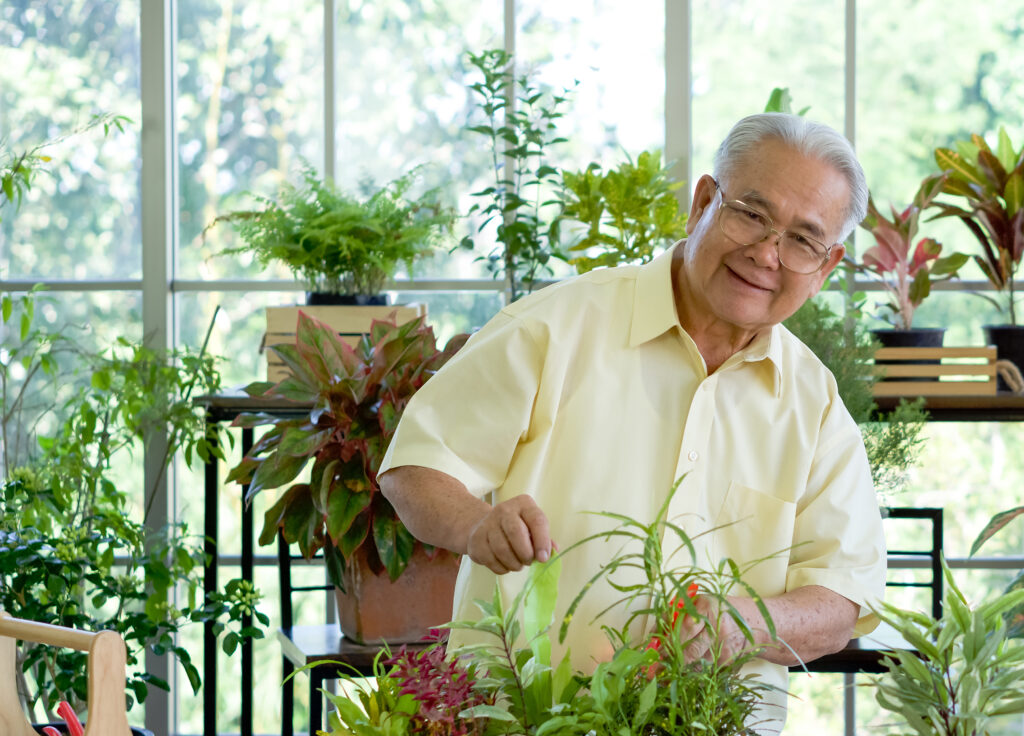
Adding earthworms to your soil can also make it healthier. They help with drainage, aeration, and add nutrients through their castings. Or, you can use organic matter or cover crops like legumes to make your soil richer and ready for planting.
The effort you put into preparing your soil is key to your gardening success. Whether it’s adjusting the pH, adding organic stuff, or changing the texture, every step counts. With careful planning and the right steps, even beginners can make their garden thrive.
Planning for Weed Management and Sunlight Exposure
Starting your gardening for beginners journey means learning about sunlight and weed control. Most plants need a lot of sunlight to grow well. They should get over eight hours of direct sunlight for the best growth.
Dealing with weeds early can save a lot of work and resources. Using mulches or weed barriers helps keep weeds away. For example, black plastic mulch stops weeds and keeps the soil warm, helping plants grow better.
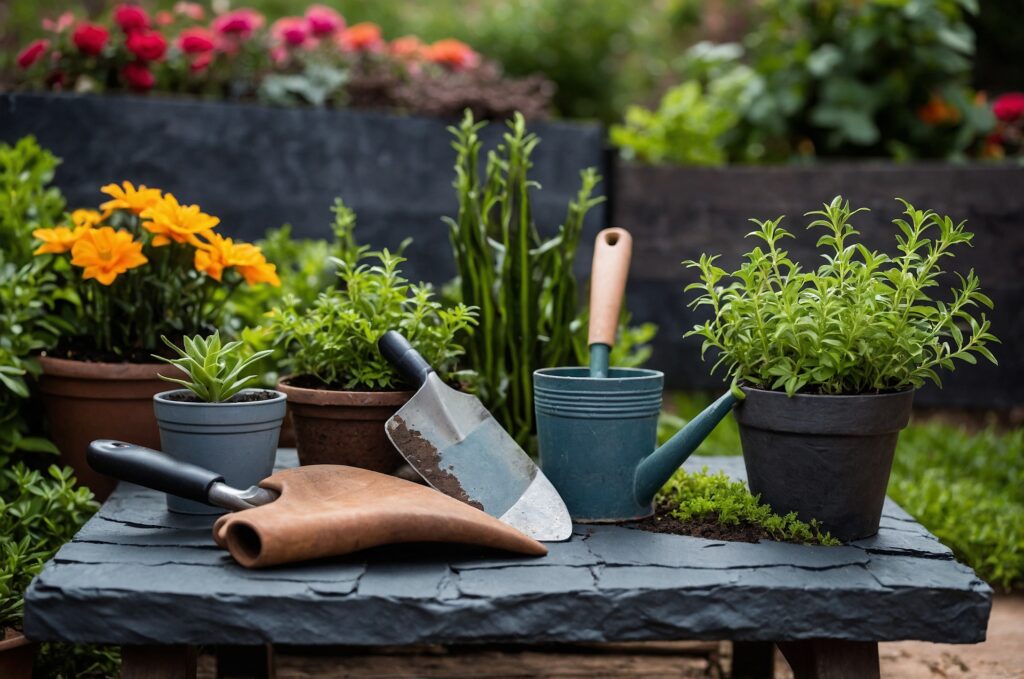
To control weeds, try hoeing and making narrow, tilled strips around your plants. Adding organic mulches also helps your soil and blocks weeds. The guide to gardening through the seasons shows when to do these things for the best garden health.
Watch how sunlight moves in your garden during the day to plan your garden. This way, tall plants won’t block the sunlight from the shorter ones. Some plants need at least ten hours of sunlight to produce well.
In conclusion, gardening for beginners is more than just planting. It’s about planning for things like weed control and sunlight. By planning well, first-time gardeners can have a beautiful and productive garden.
Starting Your First Garden with Healthy Plants
Starting your garden setup guide with healthy plants is key to a thriving garden. When you’re learning how to start a garden, pick strong, disease-free plants or quality seeds. This ensures your plants grow well and produce a lot. Experts suggest picking established plants from trusted nurseries to make gardening easier and boost your chances of success.
It’s important to check the plants before you buy them. Look for ones with bright green leaves and signs of healthy growth. Avoid any plant that looks wilted or has discolored leaves, as these are signs of poor health. These signs are crucial because your first choices greatly affect your garden’s future health and productivity. For more tips on checking plant health, visit this useful resource.
Think about the cost too; for example, a tomato plant costing between $3 and $5 can give you up to 10 pounds of tomatoes. This is cheaper than buying tomatoes at the store. Starting your garden can save you money while giving you fresh produce.
Choosing the right plants is also key. Vegetables like tomatoes, peppers, and squash keep producing all season. They are better for getting a lot of food with fewer plants. On the other hand, vegetables like carrots or corn need more space and resources for the same amount of food.
Finally, a good garden setup guide is about picking the right plants and planting them right. Using row cropping or intensive cropping makes the most of your space. This shows that good garden design is important for success.
Key Steps for Garden Planting and Ongoing Care
Starting your garden is exciting, especially if you’re new to gardening. First, pick plants that fit your climate, soil, and sunlight. Most fruits and veggies need lots of sun.
Then, plant them right, like deep for tomatoes and surface for some seedlings. This is the start of your garden’s growth. Remember, almost all plants love 6 to 8 hours of sun a day. Start small to get used to caring for your garden.
After planting, make sure your garden gets enough water to settle the soil. Adding a 2- to 3-inch layer of organic compost helps too. It keeps the soil moist, regulates temperature, and stops weeds.
Watering depends on your soil type. Clay soils hold moisture longer than sandy ones. Aim to give plants about an inch of water each week. Mulch, like straw or shredded bark, also helps plants grow.
For your garden to thrive, regular care is key. Use tools like a spade, pruning shears, and a watering can. If pests or soil needs attention, local agricultural extensions can help. Follow these tips and a routine to enjoy a great harvest and a sense of pride.
